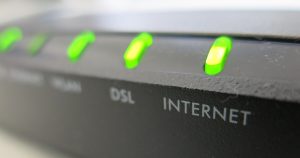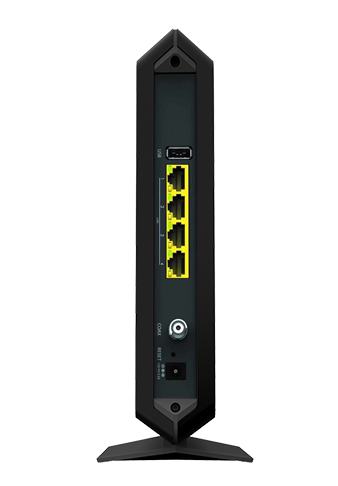If you use a cable internet provider like Xfinity, Cox, or Spectrum, then you’ll need a special DOCSIS cable modem. An easy way to identify a cable modem is that it will have a place to connect a coaxial cable.
DOCSIS stands for Data Over Cable Service Interface Specification and simply put, it allows your ISP to deliver cable internet to your modem and then to your devices.
DOCSIS 3.1 is the newest protocol, and it lets your modem handle gig (1,000 Mbps) internet speeds.
DOCSIS 3.1 modems tend to cost more, so if you’re not paying for gig speeds, you should be fine with DOCSIS 3.0.
Your cable modem also comes with channel bonding technology, which tells you how many channels the modem has for download and uploading data. The more channels it has, the more data that can travel between your devices and the modem.
Channel bonding is usually written out as two numbers, such as 24x8 or 8x4. The first number tells you how many channels are available to download data, while the second number tells you how many channels there are for uploading.
For example, a modem with 24x8 channel bonding has 24 channels ready to download data and 8 channels available to upload data.
If you guessed that more channels means faster downloads and uploads, you’re right. Of course, you’ll pay more money to get more channels. But, if you’re paying for faster internet speeds, you’ll want to make sure your new cable modem has enough channels so your speeds (and money) don’t go to waste.






